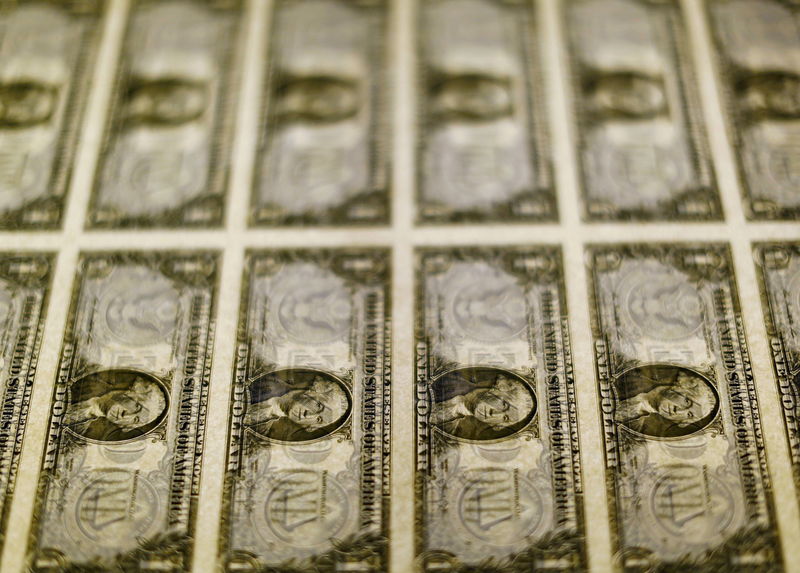Investing.com’s stocks of the week
Investing.com -- The U.S. dollar was trading broadly lower early Friday in Europe, amid rising expectations that the Federal Reserve will have to cut interest rates to support the U.S. economy to offset the damage from a widening trade war with China.
U.S. manufacturing activity slowed to its weakest in five years in May while new home sales fell 6.9% in April, an ominously weak start the spring selling season. The data came on the back of similarly weak business surveys in Japan and Europe, and a warning from the International Monetary Fund about the dangers of the escalating trade war between the world’s two largest economies.
"Markets are pricing in a rate cut as damage from the trade tension is thought to be larger than imagined, though the Fed hasn\'t talked about it at all," said Yukio Ishizuki, senior currency strategist at Daiwa Securities, told Reuters.
The yuan was stable overnight, soothing fears – for now - that China will allow it to fall in order to absorb some of the shock to its economy from higher and broader U.S. import tariffs.
The tone was marginally improved by comments from President Trump on telecoms giant Huawei, saying that it was “possible that Huawei could be included as part of a trade deal,” despite its being “very dangerous, from a security standpoint.”
At 03:00 AM ET (0700 GMT), the euro and British pound were both rebounding against the dollar, leaving the single currency on course to end the week with a gain of nearly 0.5% against it. Sterling, however, is still set for a weekly loss, owing to rise in political volatility in the U.K.
Prime Minister Theresa May is expected to announce a date for her resignation later Friday after a meeting with her party’s lawmakers. The indications are that she will remain in office long enough to receive President Donald Trump, who is scheduled to visit the U.K. between June 3-5.
The dollar index, which measures the greenback against a basket of six major currencies, was 97.627, having traded above 98 for most of Thursday.
